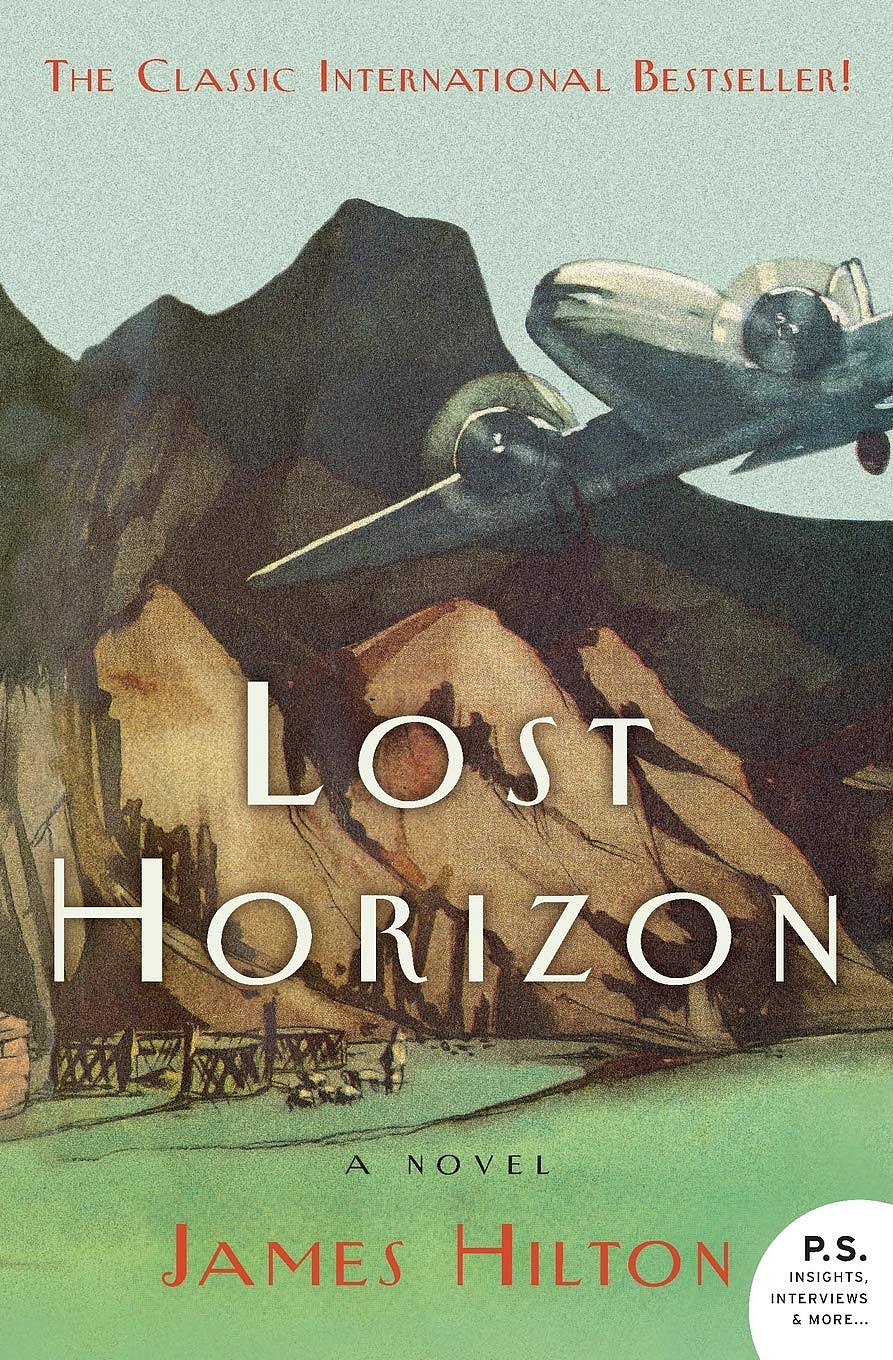
Credit: Special Arrangement
For the British novelist James Hilton, writerly success didn’t come easily but when it did, it came in truckloads in the early 1930s — first with his sentimental tale of a schoolteacher, Goodbye, Mr. Chips, and then with Lost Horizon. A move to Hollywood and a screenwriting career some years later also proved lucrative, with Hilton even winning an Academy Award for his work on Mrs. Miniver.
It’s tempting to think that if he were alive today Hilton would have built on the success of Lost Horizon and monetised his concept of a hidden utopian valley, Shangri-La. Perhaps he would have launched a spa range with the requisite bath salts and scented candles or NFTs with the mountain (“Karakal”) and the monastery he conjured up as visual branding.
Shangri-La cast a spell on its readers generations ago when large parts of the world were still shrouded in mystery. Edmund Hillary was yet to summit Everest. Amelia Earhart was yet to vanish into thin air over the Pacific. Not every inch of the earth was mapped and available to anyone with an internet connection and access to Google to zoom in and view.
Lost Horizon begins with its unnamed narrator, an English diplomat, listening to colleagues discuss the curious incident of a British plane that was flying out of the fictional city of Baskul to Peshawar that was hijacked and considered lost in 1932. The plane had four passengers — three men and a woman missionary — who’d been evacuated from Baskul due to a revolution there. One of the men, named Conway, was known for his brilliance at Oxford but the trauma of the First World War had dulled his ambitions and he had become a minor cog in the empire’s consular service.
Story-within-a-story
It soon becomes clear that Conway had not died in the hijack — the narrator’s friend, Rutherford, had met him the previous autumn in a mission hospital in China where he was being treated for poor physical health. Conway revealed to Rutherford that he and his fellow travellers had been rescued by monks of the remote Shangri-La monastery. It’s through this story-within-a-story that we learn about the monks’ beliefs and the unique properties of the valley that the lamasery says delays time’s deteriorating effects on the body. Conway, at first, expresses his scepticism to Chang, one of the monks: “It gives one the feeling that Time is like some baulked monster, waiting outside the valley to pounce on the slackers who have managed to evade him longer than he should.”
The survivors are initially restive, desperate to get back to the outside world. The feeling of being marooned eventually gives way to a kind of acceptance in at least three of them. Here, in Shangri-La, their needs are taken care of and they can spend their days as they please, with little of the strife and upheaval of their previous lives disturbing their peace. However, the youngest member of the group, Mallinson, wants to leave and the question of whether he will succeed in his journey across some of the most hostile terrain on earth gives the story its narrative tension.
While the mysticism seems a bit woo-woo, it’s hard not to empathise with the weary Conway as he finds himself drawn more and more to Shangri-La. After all the bloodshed of wars and of being in service of empire, who wouldn’t want to live a life of quiet contemplation?
Although some of the references in Lost Horizon are orientalist and dated, there is much pleasure to be had in reading a proper adventure story set in a more perilous time and place. Any novel that begins with characters describing encounters with missing friends, hijacked planes and lost Chopin tunes demands to be read, undisturbed, in one’s cosiest armchair.
(The author is a writer and communications professional. She blogs at saudha.substack.com)
That One Book is a fortnightly column that does exactly what it says — it takes up one great classic and tells you why it is (still) great.